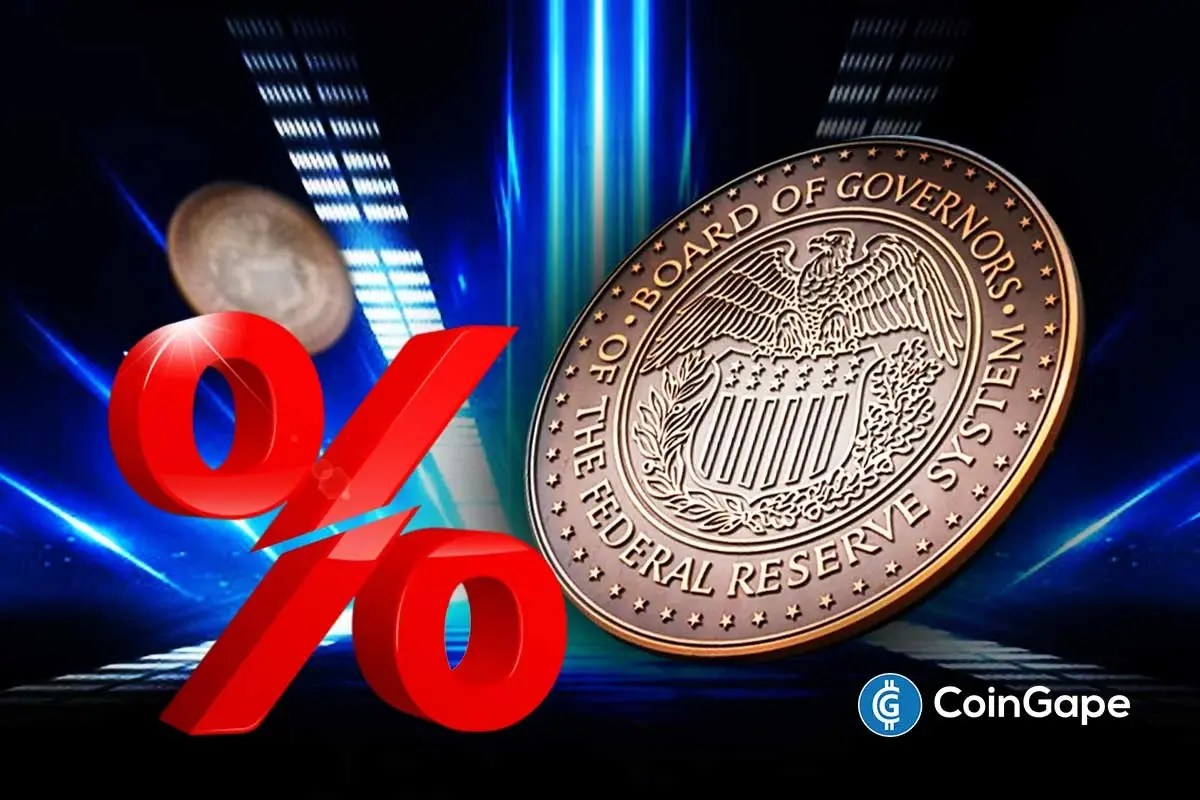After BTC fell below $90,000, why are Builders collectively calling for a 'real bear market'?
Author: haotian
After chatting with several builders, I was surprised to find that they weren't pessimistic about the arrival of a bear market; on the contrary, they hoped the "deep bear market" would last longer. Why? Let me try to understand their psychology:
1) From the "pseudo-innovation" craze of 2023, to the BTC layer 2 narrative where Eastern and Western VCs refused to take over each other, to the AI Agent MEME asset issuance narrative on Solana, and then to the series of artificial internal bull markets initiated by BN, the entire bull market was split into a series of short-lived attention nodes: lively but short-lived and then left in a mess.
One could argue that a "real bull market" has never existed, or that a "fake bull market" has never left, but the "super bull markets" that everyone was once familiar with, such as DeFi Summer and NFT's expansion into new markets, which could drive growth outside the market through innovation within the market, have become unattainable.
2) What makes builders most desperate is that after the voices promoting MEME Super Cycle took over, MEME culture has evolved into a "narrative black hole," frantically devouring the market's attention to "technological innovation."
Imagine when PumpFun generates tens of thousands of MEME coins every day, and a single MEME project can easily reach a market capitalization of 100M or even 2B. Everyone gets used to the thrill of zero-sum PvP and has no patience to understand what a decentralized sequencer, an Intent execution network, or a ZK Coprocessor is. This makes many long-term Builders completely lose their "presence."
3) Even more critically, because the exit window for projects with ample liquidity is very short, well-built projects are often delayed due to predetermined plans such as roadmaps and tokenomics. Meanwhile, some VC-backed projects designed specifically for narratives or self-created projects within the exchange ecosystem will try every means to absorb the liquidity that originally belonged to "value projects".
By the time the actual narrative project was completed, market liquidity had dried up, and TGE immediately fell below its issue price. Forced to take drastic measures, the market-making manipulation team and insider trading team were exposed, bearing all the blame, and they exited in the most undignified way. It's important to understand that without the opportune timing and favorable conditions of abundant liquidity, the probability of a successful price manipulation maneuver is one in ten thousand.
4) Crucially, genuine technological innovation requires a long period to validate and implement Product-Market Fit (PMF). However, the changed market environment is fundamentally unfavorable for innovation. A very real problem is that a project, from tackling technical challenges to product refinement and ecosystem implementation, normally takes at least 2-3 years, or even longer, to truly establish a brand barrier. But in the new environment, with only a 3-month window, everyone is scrambling to boost TVL (Total Value Link), generate buzz, and achieve TGE (Total Generative Advantage). Who has the patience to let a project slowly validate its PMF?
Therefore, the market has unfortunately fallen into an absurd cycle: true innovation takes time, but the market doesn't give it time; those who adhere to long-termism are eliminated, while those who speculate and take shortcuts can cash out and leave the market.
above.
I finally understand. What they wanted was never a powerless "deep bear" market, but rather to completely eliminate the "noise bulls" that hinder genuine innovation.
You May Also Like

Fed Makes First Rate Cut of the Year, Lowers Rates by 25 Bps

